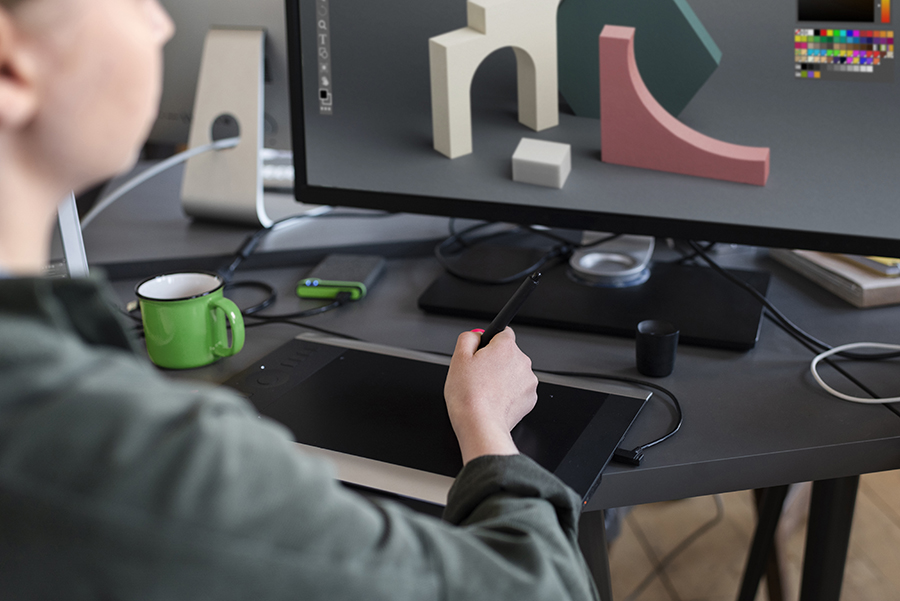Animated shorts are a popular medium for storytelling that has captivated audiences of all ages for decades. From classic shorts like Disney’s “Steamboat Willie” to recent hits like Pixar’s “Bao,” animated shorts have the power to convey complex ideas and emotions through vibrant visuals, memorable characters, and immersive soundscapes. But what goes into making these miniature masterpieces? In this article, we’ll explore the creative process behind animated shorts, from initial concept to final product.
Conceptualization
The first step in creating an animated short is developing a strong concept. This process can take many forms, from brainstorming sessions to individual inspiration, but the goal is always the same: to come up with an idea that will resonate with audiences and provide a foundation for the story to come. Once an idea has been selected, the creative team will begin refining it, fleshing out the details and identifying the key themes and messages that the story will convey. This is a critical stage in the process, as a strong concept is the foundation upon which everything else is built. Without a compelling idea, an animated short will struggle to engage viewers and deliver a satisfying experience. In the next section, we’ll look at how storyboarding helps bring a concept to life.
Storyboarding
With a solid concept in place, the next step in the creative process for animated shorts is storyboarding. Storyboards are a series of visualizations that map out the narrative arc of the story, scene by scene. They typically consist of a sequence of drawings or illustrations that show the key moments and actions in each scene, along with any dialogue or sound effects. Storyboards serve as a visual blueprint for the animation process, allowing the creative team to see how the story will unfold and identify any areas that need further development or refinement. As the creative process progresses, storyboards may be revised and updated to reflect changes in the story or the creative direction.
Character Design
Another critical aspect of the creative process for animated shorts is character design. Characters are often the heart and soul of an animated short, and their appearance and behavior play a significant role in how audiences connect with the story. Character design involves creating distinctive and memorable characters that embody the themes and messages of the story. This can involve a range of elements, including the character’s physical appearance, personality, and mannerisms. The character design process may involve sketching, digital art, and 3D modeling, and typically includes multiple iterations and refinements as the creative team works to perfect each character’s look and feel. Once the character designs are finalized, they are integrated into the storyboards, helping to bring the story to life and engage viewers on an emotional level.
Animation
Once the storyboards and character designs are in place, the creative team can begin the animation process. This typically involves creating a series of frames or images that, when played in sequence, create the illusion of motion. Animation can be a time-consuming and technically complex process, requiring skilled artists and animators who specialize in different aspects of the process, such as character modeling, rigging, lighting, and compositing. Throughout the animation process, the creative team may make adjustments to the story, character designs, or visual elements to ensure that the final product meets their artistic vision and communicates the intended message.
Sound Design and Music
In addition to visual elements, sound design and music play a critical role in the creative process for animated shorts. Sound effects, dialogue, and music can help to convey emotion, enhance the mood, and add depth and dimension to the story. Sound designers and composers work closely with the creative team to create a soundscape that complements and amplifies the visuals, helping to immerse viewers in the story and create a fully realized world.
Conclusion
The creative process behind animated shorts is a complex and collaborative effort that involves many different elements, from concept development to animation, sound design, and music. A successful animated short requires a strong concept, distinctive character designs, and a well-crafted narrative that engages viewers on both an emotional and intellectual level. Through careful planning, iteration, and collaboration, the creative team can bring their artistic vision to life and create a miniature masterpiece that resonates with audiences around the world. Whether it’s a heartwarming tale of friendship, a thrilling adventure, or a poignant reflection on the human experience, animated shorts have the power to captivate and inspire, and the creative process behind them is a testament to the artistry and imagination of their creators.






